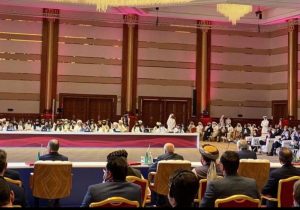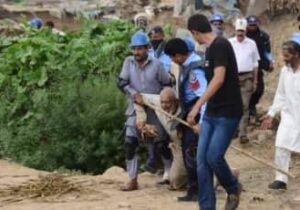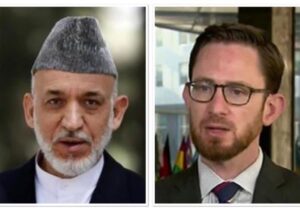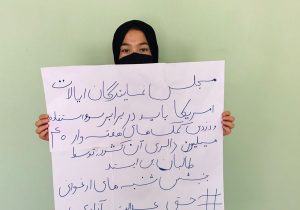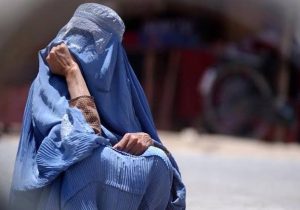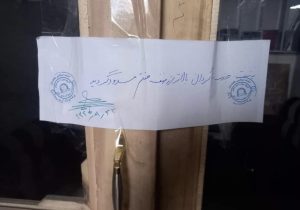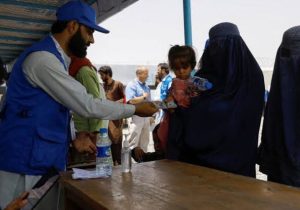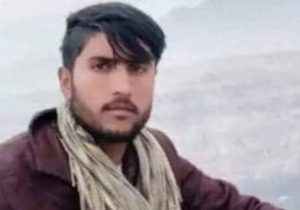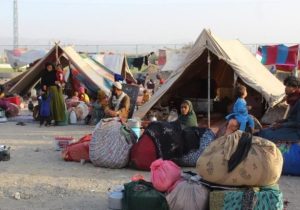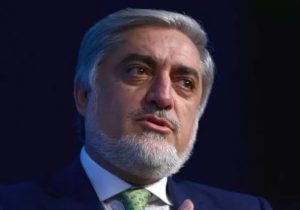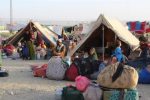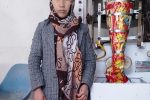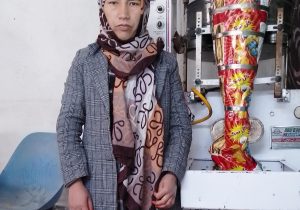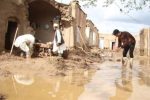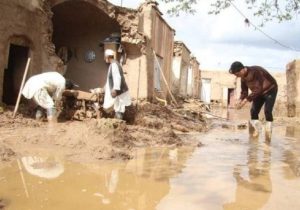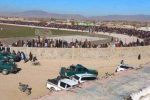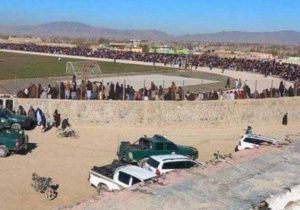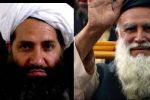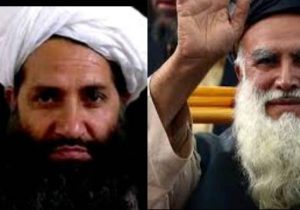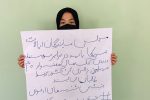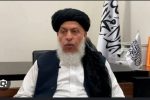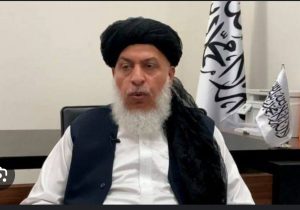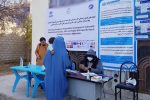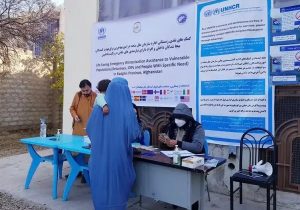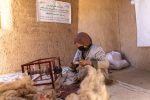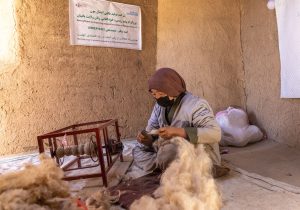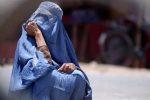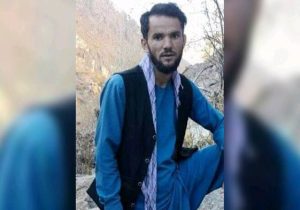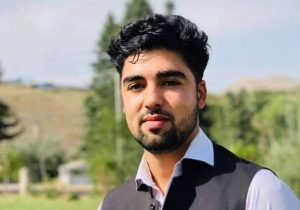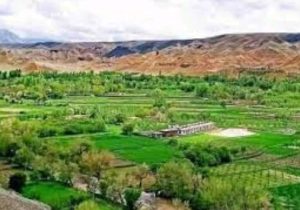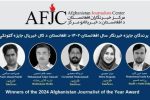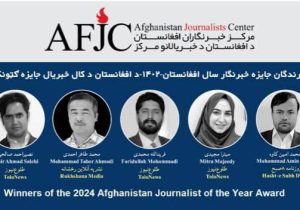The commission has called for an immediate ceasefire in Afghanistan to end the civilian’s fatality. According to the commission’s latest findings, from the beginning of 2009 to the beginning of current year, 31,113 civilians were killed and 626, 62 others were wounded in the country. More than 4,000 children and over 2,000 other women are […]
The commission has called for an immediate ceasefire in Afghanistan to end the civilian’s fatality. According to the commission’s latest findings, from the beginning of 2009 to the beginning of current year, 31,113 civilians were killed and 626, 62 others were wounded in the country.
More than 4,000 children and over 2,000 other women are among the victims, says Zabihullah Farhang, head of the Human Rights Commission’s publications. According to UNAMA statistics, only from 2009 to 2020 (during 11 years), 38,559 people have been killed, of which only 2,952 were women and out of other 72,334 wounded, 6,755 were consisting women. Considering the fact that while the statistics were generally recorded; between 2009 and 2012, there were no gender separation of civilian’s causalities, and the statistics have been recorded on an overall basis.
The difference between the statistics of both authorities as supervising institutions on causalities raise a variety of questions in the mind which its expression is felt strongly. An example of it; is that which institution provides accurate and correct statistics to the citizens and which institution monitors it correctly and with impartiality. The only way to justify the question is that if the statistics provided by the Independent Human Rights Commission are just casualties that the Taliban have claimed responsibility for; only then the question might be answered.
The presentation of these statistics and the recognition of the Taliban as the cause for most civilian casualties in the country by the Afghan Independent Human Rights Commission comes at a time when the international community and the United States intend to exclude the group’s name and its leaders from the blacklist only if they remain committed to the context of Doha agreement so they could travel freely to any country.
But the main question is; if they are forgiven, what will it do with the people already in pain? Can the process of forgiveness and reintegration be a cure for the pain of a mother who has lost her children, or can it act as an effective mechanism for bringing peace and a ceasefire?
The Independent Human Rights Commission, as an independent body has always had the authority to criticize the articles of peace agreement in order to defend the rights of the victims and those who are left of them. The mistake made about the warlords in early 2001 and in the Bonn peace talks should not be repeated once again and the Taliban leaders should not be treated the same way.
If it is only a matter of peace; not considering the policies of regional powerful countries, then the real meaning of justice and peace requires no forgiveness with the murderers of the Afghan people.
Perhaps all the people of Afghanistan might already realize that the Taliban are not ready for peace dialogue and have entered into negotiations only to announce the position of their Islamic Emirate, not to hear the plan for peace! But how the government, the High Council for National Reconciliation and the political parties will enter into these negotiations, with what achievement they will return to the country, what kind of policies will the regional governments and Afghanistan allies use for bringing peace in the country and whether how much of their plan will be considered; are issues that will only be answered overtime.


